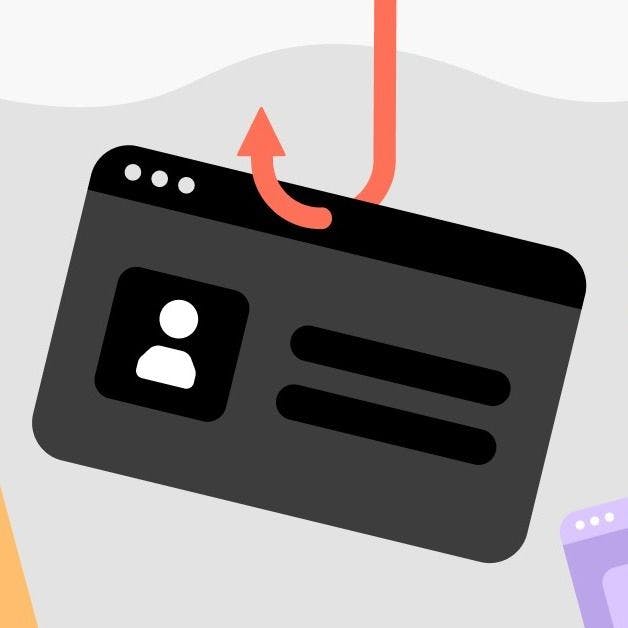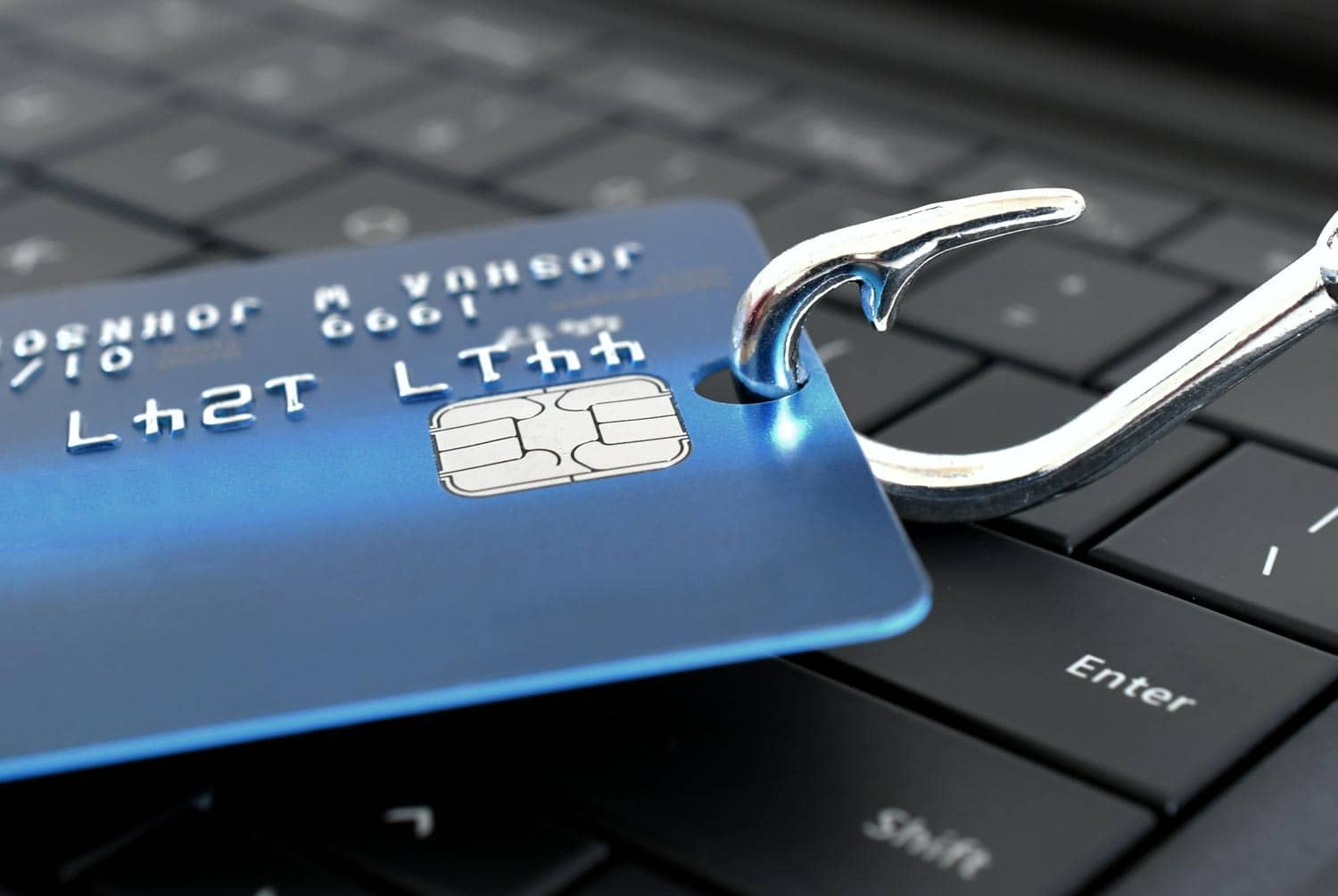Alec from Baxter
Aug 3, 2023
How to Protect Yourself Against Spear Phishing
Read how to tackle spear phishing - a highly targeted form of cyber attack where attackers craft personalized messages to deceive individuals and gain unauthorized access to sensitive information.

Table of Contents
- What is Spear Phishing?
- Understanding the Anatomy of a Spear Phishing Attack
- Recognizing Spear Phishing Red Flags
- Best Practices to Protect Against Spear Phishing
- Leveraging Advanced Email Security Solutions
- Frequently Asked Questions (FAQs)
What is Spear Phishing?
Spear phishing is a highly targeted form of cyber attack where attackers craft personalized messages to deceive individuals and gain unauthorized access to sensitive information. Unlike traditional phishing, spear phishing emails are tailored to specific recipients and often appear legitimate, making them difficult to identify.

Understanding the Anatomy of a Spear Phishing Attack
Spear phishing attacks involve several key components:
- Research: Attackers gather information about their targets to create convincing messages, often using publicly available data from social media, professional networks, or leaked databases.
- Spoofing: Attackers disguise their identity or masquerade as trusted entities to gain the recipient's trust.
- Lure: Spear phishing emails typically use enticing subject lines or compelling content to grab the recipient's attention and prompt them to take action.
- Payload: Attackers may include malicious attachments, infected links, or requests for sensitive information to trick the recipient into divulging confidential data or installing malware.
Recognizing Spear Phishing Red Flags
Being able to identify common red flags can help you spot spear phishing attempts. Here are some indicators to watch out for:
- Unusual or Urgent Requests: Be cautious of unexpected requests for sensitive information or actions that seem out of the ordinary.
- Mismatched URLs or Email Addresses: Verify the legitimacy of links by hovering over them and ensuring they lead to trusted websites. Check the email address for any discrepancies or suspicious elements.
- Poor Grammar or Spelling: Many spear phishing emails contain grammatical errors, awkward phrasing, or misspellings.
Best Practices to Protect Against Spear Phishing
- Validate the Sender: Verify the authenticity of the sender before clicking on links or opening attachments. Regularly review your Senders list on Baxter to keep track of who sends you emails regularly or, if needed, block specific senders or whole domains
- Hover, Don't Click: Hover over links to preview the URL and ensure it matches the expected destination.
- Beware of Urgency: Be skeptical of emails pressuring you to take immediate action or create a sense of urgency.
- Use Strong, Unique Passwords: Create strong passwords that incorporate a combination of uppercase and lowercase letters, numbers, and symbols.
- Enable Two-Factor Authentication (2FA): Add an extra layer of security by enabling 2FA for your accounts.
- Keep Software Up to Date: Regularly update your operating system, web browsers, and security software to patch vulnerabilities and protect against known threats.
- Use Antivirus and Anti-Malware Solutions: Install reputable antivirus and anti-malware software to detect and block malicious programs.
- Keep Your Inbox Clean - use Baxter’s native or your custom-made Labels to nest your emails under specific categories. If you get a message which gets nested under Other or not labeled at all, you are alerted to double-check if the sender is legitimate.
- Stay Informed: Keep up to date with the latest phishing techniques and stay informed about current security threats.

FAQs
- Q: How can I report a spear phishing attempt?
A: If you receive a spear phishing email, report it to your organization's IT or security team immediately. They can investigate the incident and take appropriate action. - Q: What should I do if I accidentally click on a suspicious link or provide sensitive information?
A: If you believe you've fallen victim to a spear phishing attack, take immediate action. Disconnect from the internet, change your passwords, and inform your organization's IT team to mitigate any potential damage. - Q: How often should I update my security training?
A: Regular security training is crucial. It's recommended to provide ongoing training and refresher courses to keep employees informed about the latest spear phishing techniques and preventive measures.
What’s Baxter?
Upgrade for more organization.
One-click Unsubscribe
Smart Removal
Auto-Organization
Advanced Dashboard
Baxter
Organize your digital life
